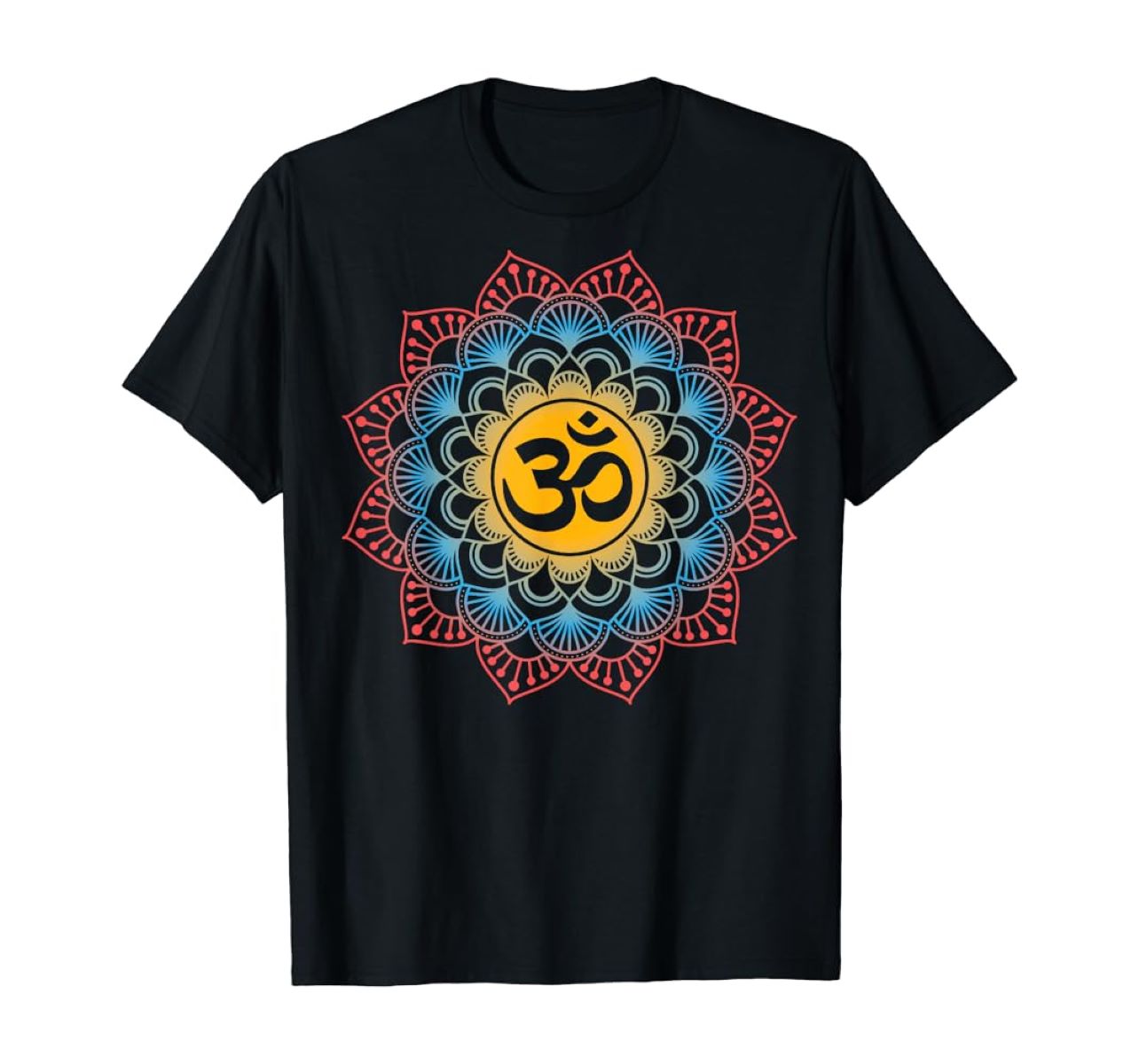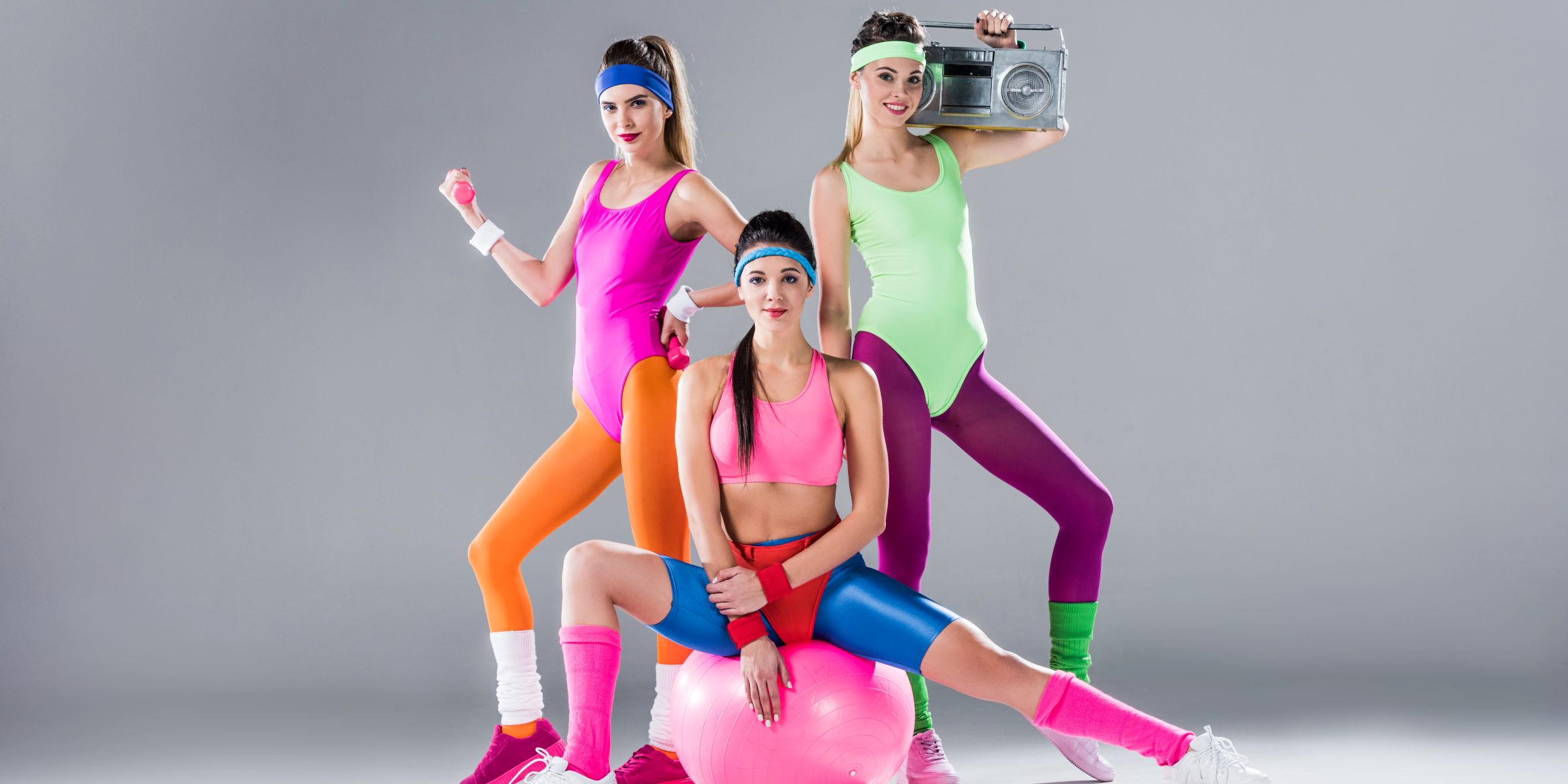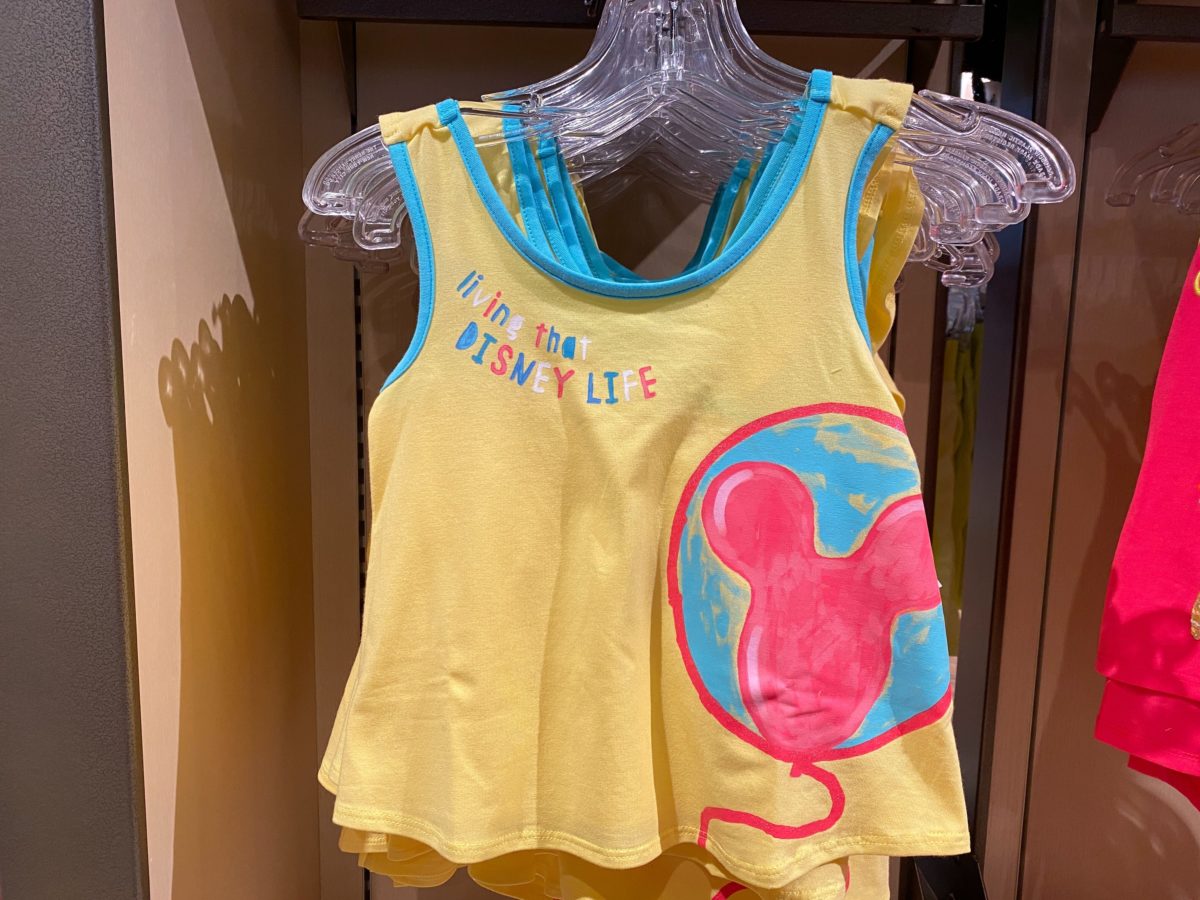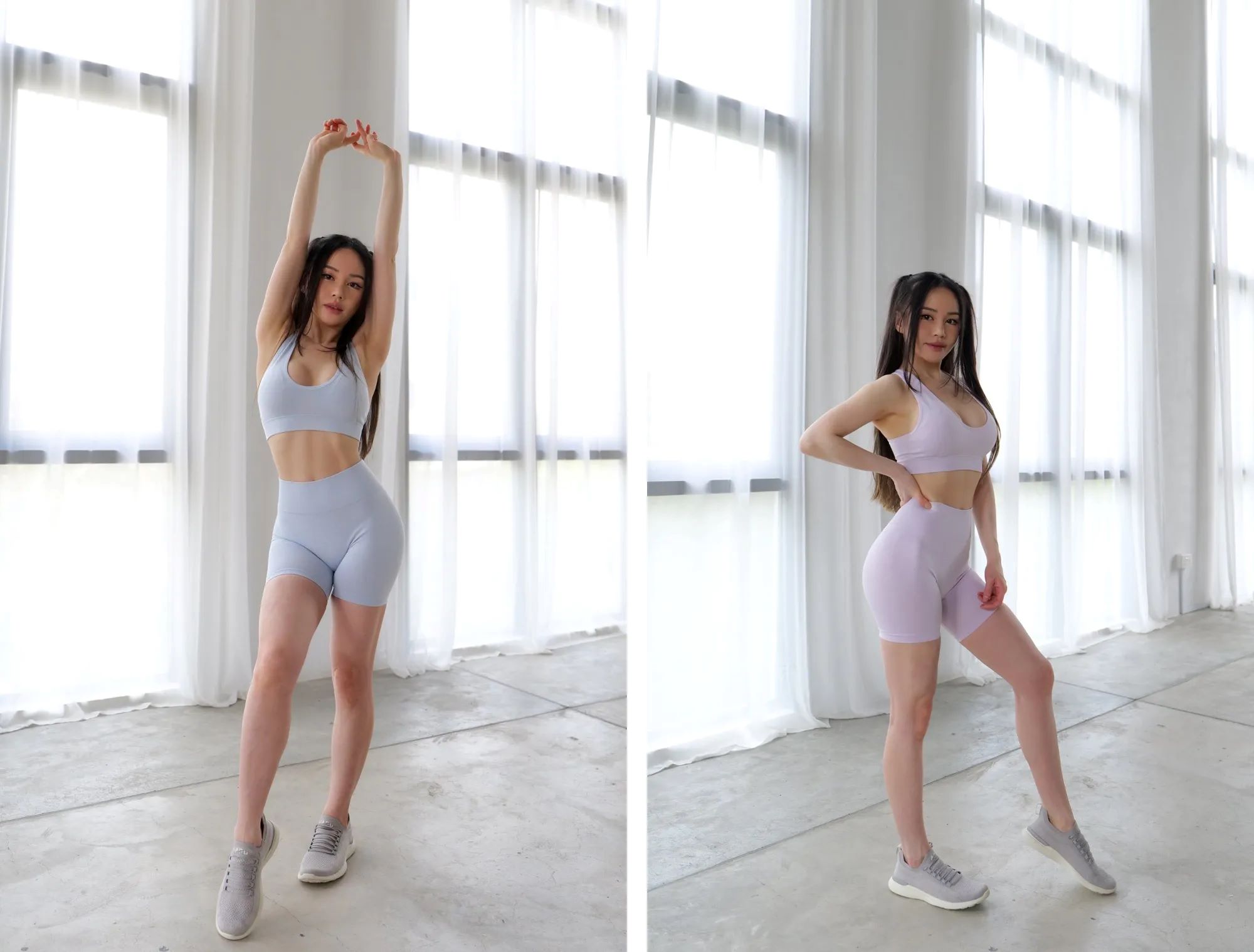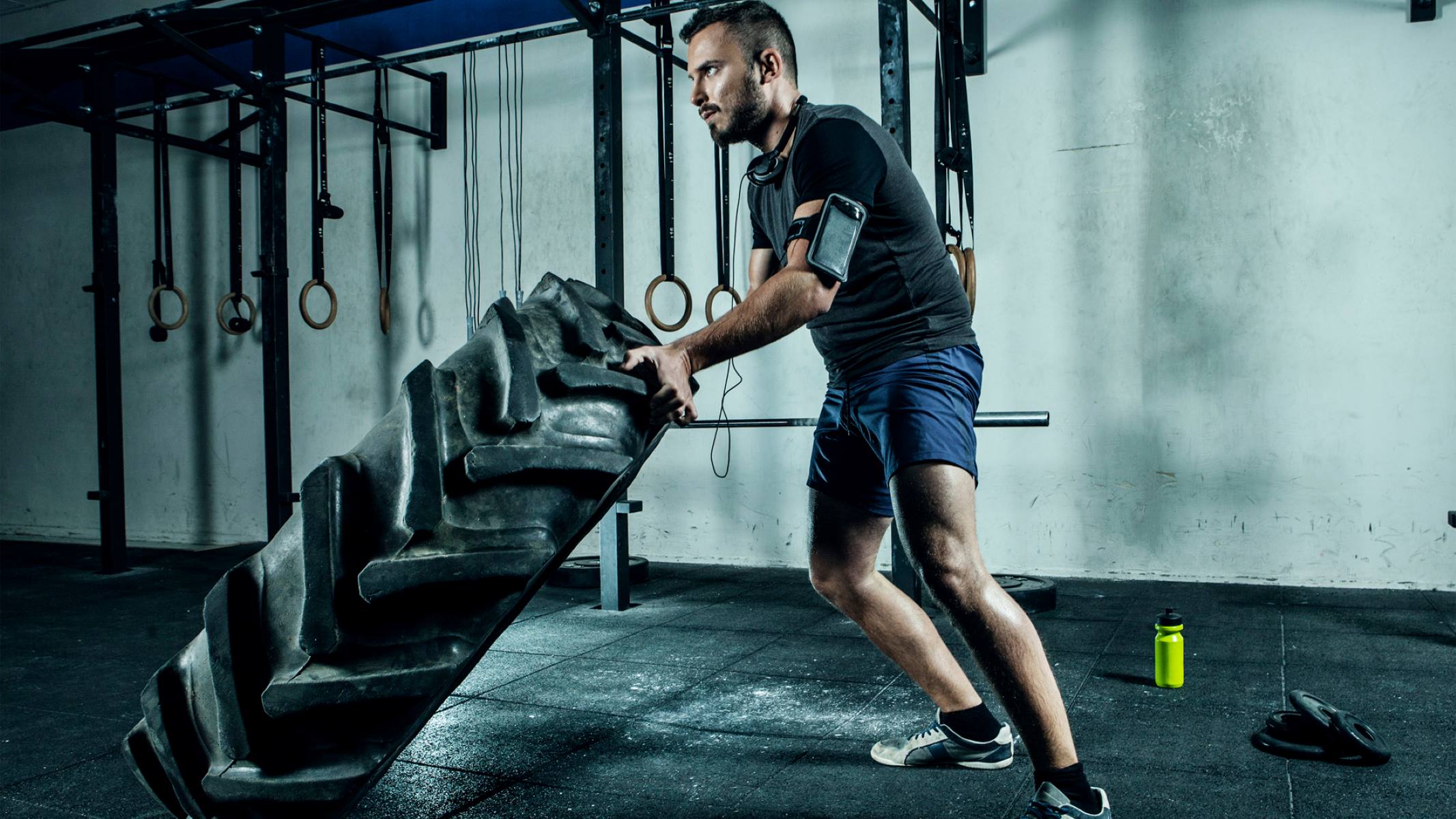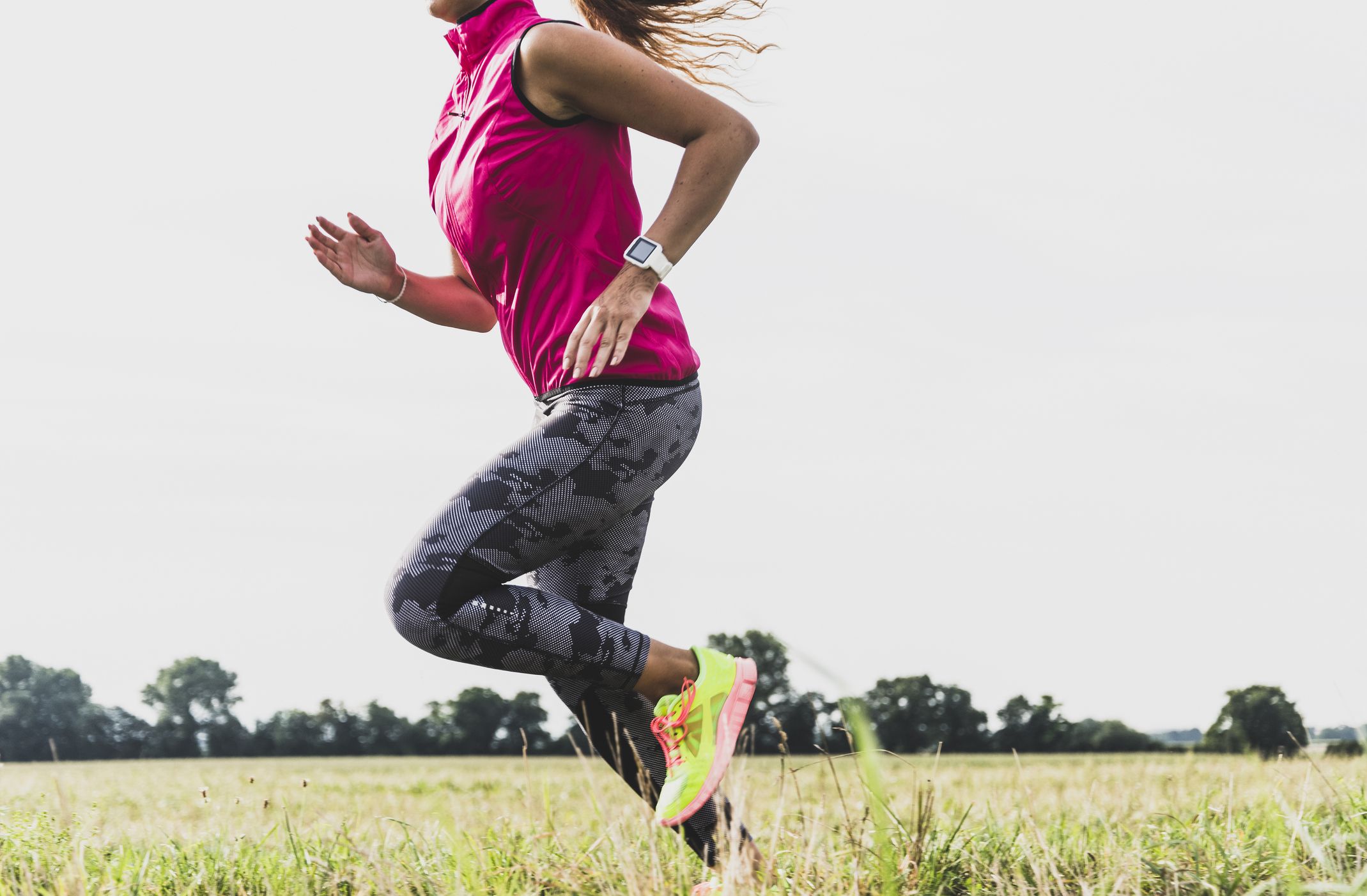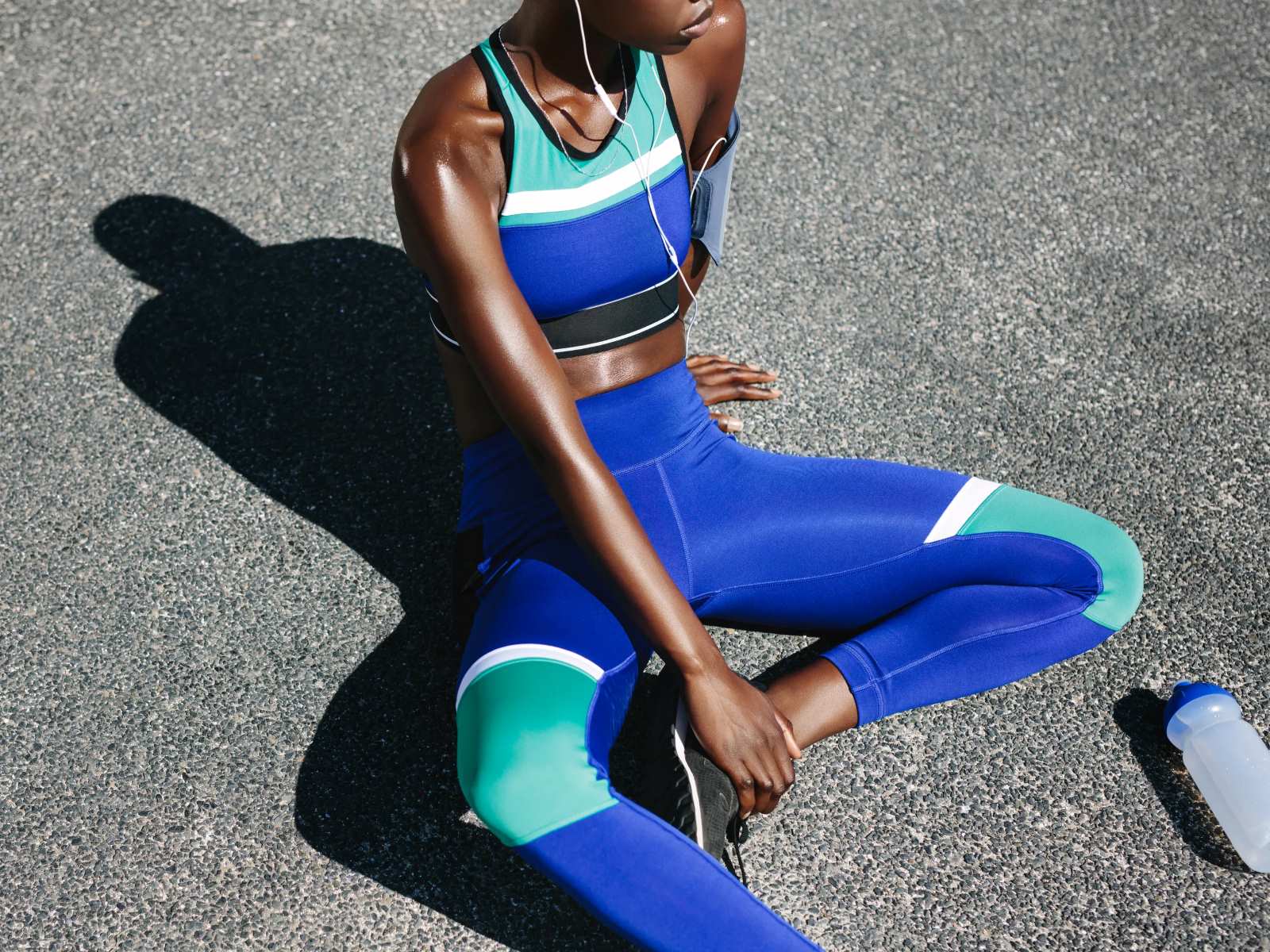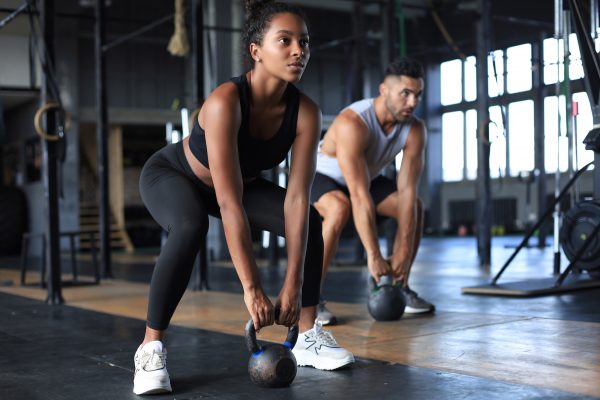Home>Misc>Featured>People Who Wear Workout Clothes But Don’t Workout
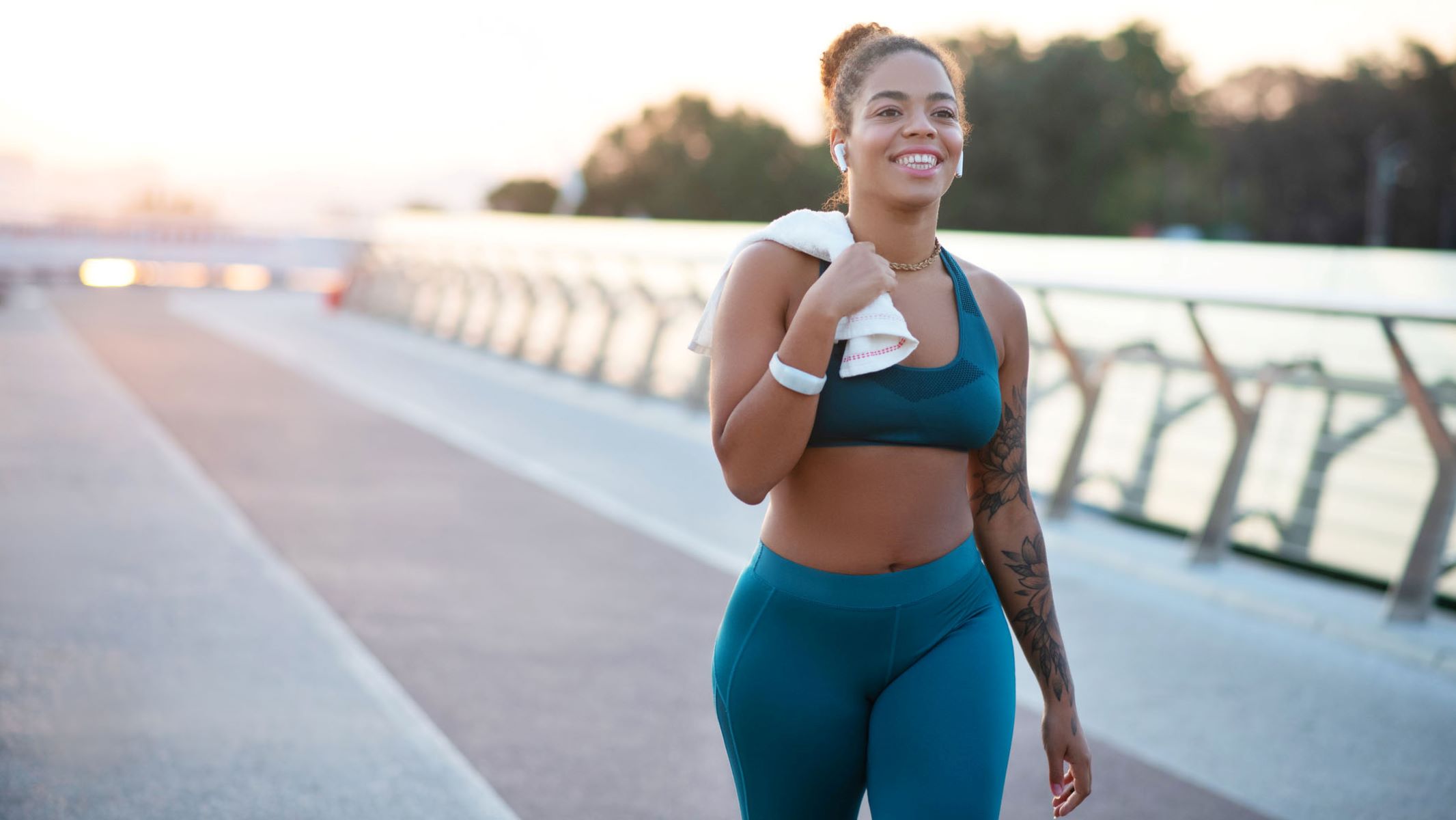

Featured
People Who Wear Workout Clothes But Don’t Workout
Modified: January 2, 2024
Discover why people who wear workout clothes but don't workout are being featured in this intriguing analysis. Explore the reasons behind this phenomenon and gain insights into their motivations.
Introduction
Athleisure. It’s a term that has taken the fashion world by storm in recent years. The trend of wearing workout clothes as everyday wear has become increasingly popular, with people donning athletic leggings, sports bras, and sneakers outside of the gym. But what about those individuals who wear workout clothes without actually exercising? What is the motivation behind this phenomenon?
Athleisure can be defined as a style of clothing that combines athletic elements with casual wear, blurring the lines between fashion and functionality. The rise of athleisure can be attributed to several factors, including the increasing emphasis on health and wellness, the desire for comfort and convenience, and the influence of celebrities and social media.
While some may argue that wearing workout clothes without working out is simply a fashion statement, others see it as a sign of laziness or a lack of authenticity. The debate over whether it is acceptable to wear workout clothes without exercising has sparked conversations both online and offline.
In this article, we will explore the various reasons why people choose to wear workout clothes without actually working out, examine the influence of celebrities and social media on the athleisure trend, delve into the psychological perspectives behind wearing athleisure, and discuss the ongoing debate surrounding this fashion phenomenon.
So, whether you’re a dedicated gym-goer or someone who simply appreciates the comfort and style of workout clothes, join us as we dive into the intriguing world of athleisure and the people who wear it without breaking a sweat.
The Rise of Athleisure
Athleisure has emerged as a dominant fashion trend in recent years, transcending the boundaries between athletic wear and everyday clothing. It has infiltrated the wardrobes of people from all walks of life, transforming sweatpants and sneakers into a ubiquitous fashion statement.
One of the main drivers behind the rise of athleisure is the increasing emphasis on health and wellness. With the growing awareness of the importance of physical fitness, individuals are seeking more comfortable and versatile clothing options that allow them to seamlessly transition from a workout session to running errands or meeting friends for coffee. Athleisure offers the perfect blend of functionality and style, providing the freedom of movement needed for exercise while maintaining a trendy and fashionable appearance.
Another factor contributing to the popularity of athleisure is the desire for comfort and convenience. Gone are the days when uncomfortable, restrictive clothing is considered fashionable. The athleisure trend caters to individuals who prioritize comfort without sacrificing style. The use of moisture-wicking fabrics, stretchy materials, and innovative designs ensures that athleisure wear provides both ease of movement and a breathable, comfortable fit.
Furthermore, the rise of athleisure can be attributed to the influence of celebrities and fashion influencers. High-profile celebrities such as Beyoncé, Rihanna, and Gigi Hadid have been seen sporting athleisure outfits both on and off the red carpet, solidifying its status as a fashion must-have. Their endorsement of athleisure has propelled it into the mainstream, making it socially acceptable and even highly desirable to wear workout clothes outside of the gym.
With the advent of social media platforms like Instagram and TikTok, the influence of athleisure has only grown stronger. Fitness influencers, fashion bloggers, and everyday individuals showcase their athleisure outfits online, inspiring countless others to adopt the trend. The constant visibility of stylish workout gear on social media platforms has normalized the idea of wearing athletic apparel as everyday wear, further fueling the popularity of athleisure.
In summary, the rise of athleisure can be attributed to the increasing emphasis on health and wellness, the desire for comfort and convenience, and the influence of celebrities and social media. The blending of athletic wear with everyday fashion has resulted in a fashion phenomenon that shows no signs of slowing down. As we delve deeper into the world of athleisure, we will explore the motivations behind wearing workout clothes without exercising and its implications on the fashion industry.
Reasons People Wear Workout Clothes Without Working Out
While the primary purpose of workout clothes is to provide comfort, support, and functionality during physical activity, many individuals choose to wear them without actually engaging in any exercise. There are various reasons behind this phenomenon, ranging from fashion preferences to lifestyle choices. Here are some common motivations for wearing workout clothes without working out:
- Fashion Statement: For some individuals, wearing workout clothes is simply a fashion statement. Athleisure wear has become a popular trend, and people enjoy the stylish and trendy look it provides. By donning workout clothes, they can show off their fashion sense and stay on-trend.
- Comfort: Workout clothes are designed to be comfortable and provide ease of movement. The use of breathable fabrics, flexible materials, and relaxed silhouettes makes them ideal for everyday wear. People who prioritize comfort over fashion often choose workout clothes as their go-to attire.
- Time Efficiency: In today’s fast-paced world, finding time for exercise can be challenging. Wearing workout clothes eliminates the need to change outfits when squeezing in a quick workout session or participating in physical activities throughout the day. It saves time and ensures readiness for any spontaneous opportunities for exercise.
- Motivation: Some individuals find that wearing workout clothes acts as a psychological motivator to engage in physical activity. By dressing the part, they feel more inclined to be active and make healthier choices throughout the day, even if their initial intention was not to exercise.
- Comfortable Work Attire: In certain workplaces or professions, wearing workout clothes is acceptable and even encouraged. Jobs in fitness, wellness, or healthcare often promote a culture of health and active lifestyles, making workout attire a practical and professional choice.
- Body Confidence: Workout clothes are typically designed to be form-fitting, highlighting the body’s shape and contours. Some individuals wear workout clothes outside of the gym to feel more confident and embrace their bodies. They appreciate the flattering fit and the boost of self-esteem that comes with it.
- Easy Transition from Day to Night: Athleisure wear offers the flexibility of transitioning seamlessly from day to night. By pairing workout clothes with different accessories or layering options, individuals can transform their outfit from casual and sporty during the day to chic and fashionable for evening activities.
These are just a few of the many reasons why people choose to wear workout clothes without engaging in physical exercise. Whether it’s for fashion, comfort, motivation, or practicality, wearing athletic attire outside of the gym has become a lifestyle choice for many. As we delve deeper into the topic of athleisure, we will explore its influence on fashion trends, social media, and psychological perspectives.
Fashion Statement or Comfort?
One of the key debates surrounding the phenomenon of wearing workout clothes without exercising is whether it is driven by a desire to make a fashion statement or prioritize comfort. While there is no one-size-fits-all answer to this question, it is clear that both factors play a significant role in the popularity of athleisure wear.
For some individuals, wearing workout clothes is purely a fashion choice. The athleisure trend has gained momentum in the fashion industry, with high-end designers and mainstream brands incorporating athletic elements into their collections. The concept of “sportswear as streetwear” has become a style statement, with people consciously choosing to wear workout clothes as a way to express their fashion-forward sensibilities. They appreciate the sleek silhouettes, bold colors, and innovative designs that are synonymous with athletic wear.
On the other hand, comfort is an essential factor in the decision to wear workout clothes without exercising. The use of moisture-wicking fabrics, stretchy materials, and ergonomic designs make athletic apparel incredibly comfortable to wear for extended periods. These features allow for ease of movement and breathability, making workout clothes suitable for various activities beyond the gym. Individuals who prioritize comfort value the relaxed fit and practicality that come with wearing workout clothes.
It’s important to note that the fashion and comfort aspects of wearing workout clothes without exercising are not mutually exclusive. The athleisure trend has successfully merged fashion-forward designs with functional features, appealing to a wide range of individuals. This combination allows people to effortlessly incorporate athletic wear into their everyday outfits, effortlessly blending style with practicality.
Another contributing factor to the popularity of athleisure wear is the growing focus on wellness and self-care. As more people prioritize their physical and mental well-being, the demand for comfortable clothing that facilitates movement and promotes a healthy lifestyle has increased. Workout clothes, with their association with exercise and fitness, tap into this wellness-driven mindset and serve as a visual representation of an individual’s commitment to self-care.
Ultimately, the decision to wear workout clothes without working out can stem from a combination of fashion consciousness and a desire for comfort. People want to look good while feeling comfortable in their attire. The increasing availability of stylish and functional athletic wear has made it easier for individuals to express their personal style and embrace the athleisure trend.
In the next sections, we will explore the influence of celebrities and social media on the rise of athleisure, as well as the psychological perspectives behind wearing workout clothes as everyday wear. By examining these factors, we can gain a deeper understanding of the motivations behind this fashion phenomenon.
Celebrity Influence on Athleisure Trend
Celebrities have always been trendsetters when it comes to fashion, and the athleisure trend is no exception. High-profile celebrities such as Beyoncé, Rihanna, and Gigi Hadid have played a significant role in popularizing the concept of wearing workout clothes as everyday wear.
When celebrities are spotted sporting athleisure outfits during their daily activities or on red carpets, it instantly catches the attention of their fans and followers. Their influence extends beyond their talent and success in their respective industries; their fashion choices have the power to set trends and shape consumer behavior.
Many celebrities have collaborated with sports and fashion brands to create their own athleisure lines. These collaborations not only lend credibility and authenticity to the trend but also make athleisure more accessible to a wider audience. By associating their names and brand collaborations with stylish workout wear, celebrities lend their fashion-forward image to the athleisure trend, solidifying its place in mainstream fashion.
Furthermore, social media platforms have amplified the influence of celebrities on the athleisure trend. With millions of followers on platforms like Instagram and Twitter, celebrities have a direct line of communication with their fans. They frequently share their athleisure outfits, workout routines, and fitness tips, inspiring their followers to embrace the lifestyle and adopt similar fashion choices. The constant visibility of celebrities wearing workout clothes outside of the gym normalizes their use as everyday wear.
Celebrities have also been known to create fashion moments that spark viral trends. When a well-known celebrity is photographed in a statement athleisure ensemble, it quickly circulates across social media platforms, generating interest and curiosity among fashion enthusiasts. This viral effect further elevates the athleisure trend, making it a topic of conversation and inspiring individuals to experiment with their own workout-inspired fashion looks.
It is important to acknowledge that the influence of celebrities on the athleisure trend extends beyond their fashion choices. Celebrities are often seen as aspirational figures, and their commitment to leading a healthy and active lifestyle resonates with many. By wearing workout clothes as part of their everyday attire, they showcase the idea that staying fit and taking care of oneself is fashionable and should be embraced by the masses.
In summary, celebrities are powerful influencers when it comes to shaping fashion trends, and the athleisure trend is no exception. Their endorsements, collaborations, and style choices have played a pivotal role in popularizing workout clothes as everyday wear. Through their social media presence and aspirational lifestyle, celebrities have successfully integrated the athleisure trend into mainstream fashion consciousness.
Social Media’s Impact on Athleisure
Social media has had a profound impact on the rise and continued popularity of the athleisure trend. Platforms like Instagram, TikTok, and YouTube have provided a space for fitness influencers, fashion bloggers, and everyday individuals to showcase their athleisure outfits, share styling tips, and inspire others to embrace the trend.
One of the key aspects of social media’s impact on athleisure is the accessibility and visibility it offers. With just a few clicks, users can discover an abundance of athleisure outfit inspiration, fashion advice, and the latest trends. Fitness influencers, with their dedicated followings and expertise in both fitness and fashion, have become influential figures in promoting the athleisure trend. Their content often features workouts, lifestyle tips, and outfit ideas that seamlessly blend fashion and fitness. This exposure to athleisure content through social media platforms has normalized the concept of wearing workout clothes outside of the gym and made it more appealing to a wider audience.
Platforms like Instagram have also provided a space for brands to showcase their athleisure collections. Fitness apparel companies utilize social media to promote their products, collaborate with influencers, and engage with their target audience. By using enticing visuals and strategic digital marketing tactics, these brands create a desire for their athleisure wear and encourage consumers to embrace the trend.
Additionally, social media has facilitated the rise of “athleisure influencers” – individuals who have built a following and reputation solely based on their expertise and content related to athleisure wear. They share outfit ideas, styling tips, and product recommendations, inviting their followers to join in on the athleisure movement. The influence of these athleisure influencers not only reflects the power of social media but also demonstrates the impact of peer recommendations and relatability.
Another way in which social media has impacted athleisure is through the concept of “social proof.” Users are more likely to adopt a trend or purchase a product if they see others doing the same. Social media platforms provide a constant stream of images and videos featuring individuals wearing athleisure outfits, creating a sense of social proof and validating the trend. This influence can be particularly strong among younger generations who are heavily immersed in social media and seek validation and acceptance from their peers.
Furthermore, the interactive nature of social media allows for consumer engagement and participation within the athleisure trend. Hashtags like #athleisurestyle and #athleisurefashion provide users a platform to share their own athleisure outfits, join in on discussions, and gain inspiration from others. This sense of community and involvement fosters a sense of belonging and further fuels the popularity of athleisure.
In summary, social media has had a significant impact on the athleisure trend by creating a space for content creators, influencers, and brands to promote and showcase athleisure wear. It has normalized the idea of wearing workout clothes as everyday fashion, influenced consumer behavior through social proof, and fostered a sense of community and engagement within the athleisure community.
Psychological Perspectives on Wearing Workout Clothes
Wearing workout clothes without engaging in physical exercise may seem perplexing to some, but from a psychological standpoint, there are various reasons why individuals are drawn to this practice. Understanding the psychological perspectives can provide insights into the motivations behind wearing athleisure as everyday wear.
Motivation and Goal Setting: One psychological perspective suggests that wearing workout clothes can serve as a visual reminder of personal fitness goals and motivation. By dressing in activewear, individuals are constantly reminded of the importance of physical activity and maintaining a healthy lifestyle. It can act as a powerful psychological cue, influencing their mindset and encouraging them to make healthier choices throughout the day, even if they don’t engage in a formal exercise session.
Self-Perception and Body Image: Wearing workout clothes can also impact an individual’s self-perception and body image. Workout attire is often form-fitting and designed to highlight the body’s shape. For some individuals, donning workout clothes can boost their confidence and help them appreciate their bodies. This positive self-perception can lead to improved body image and enhanced self-esteem.
Psychological Priming: Another perspective suggests that wearing workout clothes can activate psychological priming. Psychological priming involves exposing individuals to stimuli that influence their subsequent thoughts, feelings, and behaviors. By wearing workout clothes, individuals may experience heightened levels of energy, motivation, and focus. This psychological priming can have a carryover effect, impacting their overall level of activity and well-being throughout the day.
Identity and Social Norms: The clothing we wear serves as a form of self-expression and can contribute to our identity. Wearing workout clothes may align with an individual’s desired self-image or help them conform to social norms related to health and fitness. For example, in certain social circles or communities, wearing athleisure may signify being health-conscious or an active individual. By adopting this attire, individuals can align themselves with a particular group or identity.
Emotional Well-being: Engaging in physical activity is known to have positive effects on emotional well-being, including reducing stress and promoting a sense of happiness. Similarly, wearing workout clothes may evoke similar feelings and emotions associated with exercise, even if no exercise is performed. The association of workout clothes with positive emotions can contribute to increased well-being and a positive mindset throughout the day.
These psychological perspectives shed light on the various ways in which wearing workout clothes without exercising can impact individuals’ motivations, self-perception, mindset, and identity. It is important to recognize that these psychological factors can vary from person to person, and while some individuals may experience these benefits, others may simply wear athleisure for fashion, comfort, or practical reasons.
As we navigate the discussion surrounding the acceptance of wearing workout clothes without working out, it is crucial to consider the psychological aspects and individual experiences that contribute to this practice.
The Debate: Is It Acceptable to Wear Workout Clothes without Exercising?
The practice of wearing workout clothes without engaging in physical exercise has sparked a debate in the fashion and fitness communities. On one side of the argument, there are those who believe that wearing workout clothes without working out is acceptable and even fashionable. On the other side, there are those who view it as inappropriate or even deceptive. Let’s explore both perspectives:
Acceptance and Fashion: Supporters of wearing workout clothes without exercising argue that fashion should be about personal expression and comfort. They see athleisure as a style choice, not just limited to the gym or a workout setting. From their perspective, workout clothes have become a fashion statement, and individuals should have the freedom to wear what makes them feel confident and comfortable, regardless of their intention to exercise. They believe that athleisure wear is versatile, functional, and suits the demands of today’s fast-paced lifestyle.
Inappropriate or Deceptive: Opponents of wearing workout clothes without exercising argue that it can be misleading or deceptive. They believe that workout clothes were specifically designed to support physical activity and that wearing them without engaging in exercise can give the impression of false fitness or health-consciousness. Some argue that it can undermine the value and purpose of workout attire, as they were intended to serve a specific function during physical activities.
The debate on the acceptability of wearing workout clothes without exercising also touches on the broader issue of authenticity. Critics argue that by wearing workout clothes without exercising, individuals are trying to project an image of health and fitness that may not align with their actual lifestyle. This perceived lack of authenticity can lead to skepticism and criticism from those who value transparency and honesty in self-expression.
Ultimately, whether or not it is acceptable to wear workout clothes without engaging in exercise is subjective and dependent on personal beliefs, cultural norms, and individual perspectives. While some individuals might embrace the athleisure trend as a fashionable and comfortable choice, others may feel that it blurs the lines of integrity or undermines the purpose of workout attire.
It is important to approach this debate with empathy and respect for individual choices. By recognizing that the practice of wearing workout clothes without exercising encompasses various motivations and experiences, we can foster a more inclusive and open-minded conversation about the intersection of fashion, fitness, and personal expression.
Conclusion
The phenomenon of wearing workout clothes without engaging in physical exercise, commonly known as athleisure, has become a prominent fashion trend in recent years. This trend has been driven by a combination of factors, including the growing emphasis on health and wellness, the desire for comfort and convenience, celebrity influence, and the impact of social media. People choose to wear workout clothes without exercising for various reasons, such as making a fashion statement, prioritizing comfort, saving time, or feeling motivated to lead a healthier lifestyle.
From a psychological perspective, wearing workout clothes can have positive effects on motivation, self-perception, and emotional well-being. It can serve as a visual reminder of personal fitness goals, boost body confidence, activate psychological priming, and align individuals with desired identities or social norms. Additionally, social media has played a significant role in the rise of athleisure, by providing accessibility, visibility, and a platform for community engagement.
While the practice of wearing workout clothes without exercising has its supporters who embrace it as a fashionable and comfortable choice, there are also critics who view it as inappropriate or deceptive. The debate surrounding the acceptability of this trend revolves around questions of authenticity, integrity, and the purpose of workout attire. It is a nuanced discussion that reflects individual beliefs, cultural norms, and personal experiences.
In the end, the acceptability of wearing workout clothes without exercising is subjective and dependent on individual perspectives. It is crucial to approach this debate with empathy, understanding that people have diverse motivations and experiences that shape their fashion choices. What is most important is promoting a sense of inclusivity and respect for personal expression, whether that includes embracing athleisure as a fashion-forward statement or adhering to a more traditional understanding of fitness attire.
As athleisure continues to evolve and captivate the fashion world, it is clear that the trend is here to stay. Whether it’s for comfort, fashion, motivation, or a combination of factors, people will continue to embrace the versatility and style of workout clothes as a part of their everyday wardrobe. The influence of celebrities, the impact of social media, and the psychological perspectives behind this trend all contribute to the ongoing fascination and popularity of athleisure.
